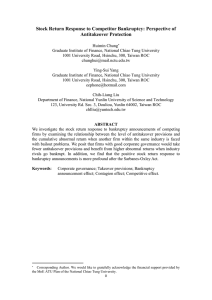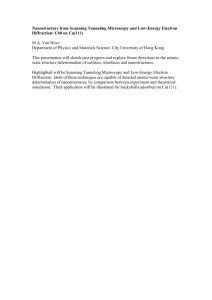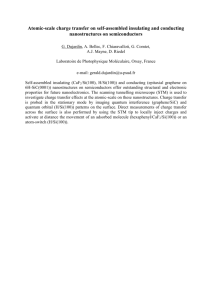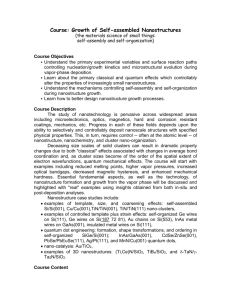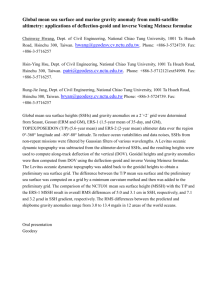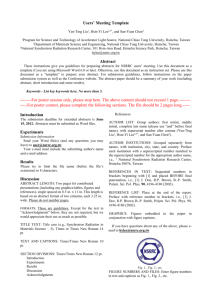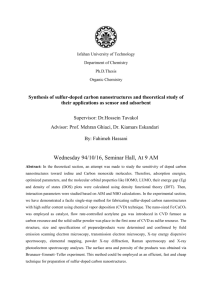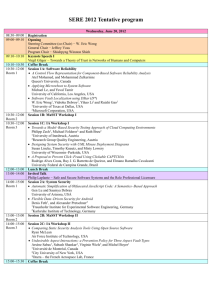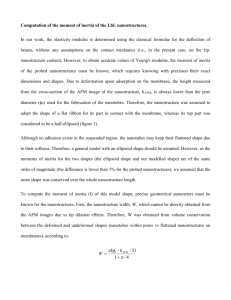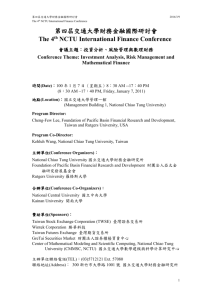Sample Abstract for ISIF 2012
advertisement
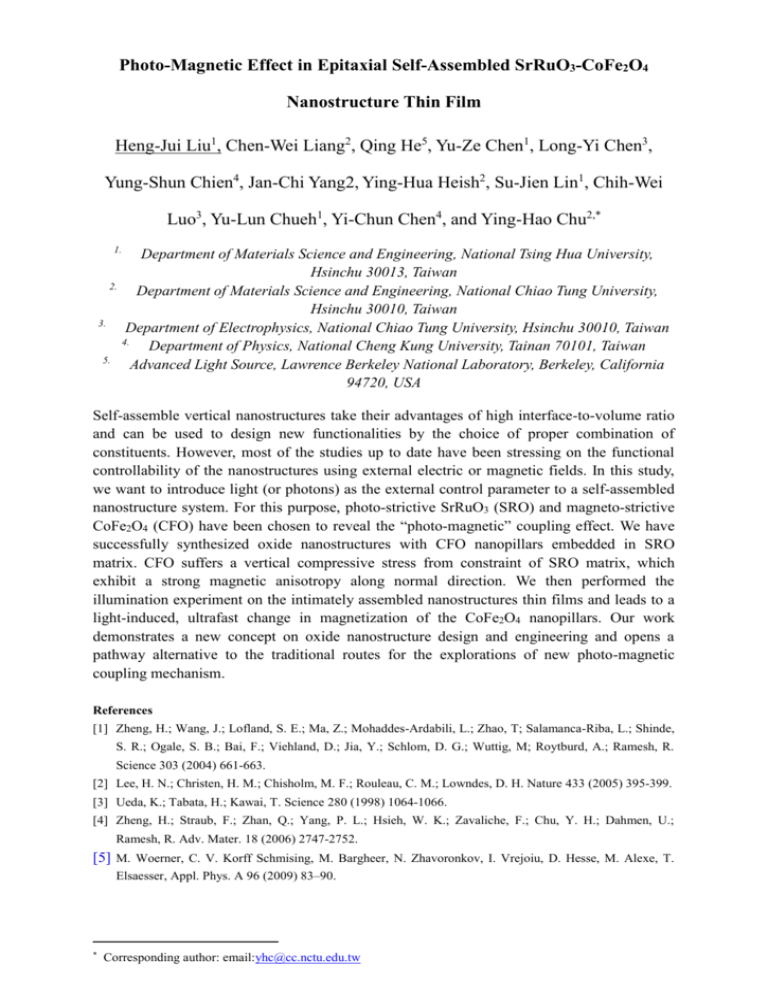
Photo-Magnetic Effect in Epitaxial Self-Assembled SrRuO3-CoFe2O4 Nanostructure Thin Film Heng-Jui Liu1, Chen-Wei Liang2, Qing He5, Yu-Ze Chen1, Long-Yi Chen3, Yung-Shun Chien4, Jan-Chi Yang2, Ying-Hua Heish2, Su-Jien Lin1, Chih-Wei Luo3, Yu-Lun Chueh1, Yi-Chun Chen4, and Ying-Hao Chu2,* 1. Department of Materials Science and Engineering, National Tsing Hua University, Hsinchu 30013, Taiwan 2. Department of Materials Science and Engineering, National Chiao Tung University, Hsinchu 30010, Taiwan 3. Department of Electrophysics, National Chiao Tung University, Hsinchu 30010, Taiwan 4. Department of Physics, National Cheng Kung University, Tainan 70101, Taiwan 5. Advanced Light Source, Lawrence Berkeley National Laboratory, Berkeley, California 94720, USA Self-assemble vertical nanostructures take their advantages of high interface-to-volume ratio and can be used to design new functionalities by the choice of proper combination of constituents. However, most of the studies up to date have been stressing on the functional controllability of the nanostructures using external electric or magnetic fields. In this study, we want to introduce light (or photons) as the external control parameter to a self-assembled nanostructure system. For this purpose, photo-strictive SrRuO3 (SRO) and magneto-strictive CoFe2O4 (CFO) have been chosen to reveal the “photo-magnetic” coupling effect. We have successfully synthesized oxide nanostructures with CFO nanopillars embedded in SRO matrix. CFO suffers a vertical compressive stress from constraint of SRO matrix, which exhibit a strong magnetic anisotropy along normal direction. We then performed the illumination experiment on the intimately assembled nanostructures thin films and leads to a light-induced, ultrafast change in magnetization of the CoFe2O4 nanopillars. Our work demonstrates a new concept on oxide nanostructure design and engineering and opens a pathway alternative to the traditional routes for the explorations of new photo-magnetic coupling mechanism. References [1] Zheng, H.; Wang, J.; Lofland, S. E.; Ma, Z.; Mohaddes-Ardabili, L.; Zhao, T; Salamanca-Riba, L.; Shinde, S. R.; Ogale, S. B.; Bai, F.; Viehland, D.; Jia, Y.; Schlom, D. G.; Wuttig, M; Roytburd, A.; Ramesh, R. Science 303 (2004) 661-663. [2] Lee, H. N.; Christen, H. M.; Chisholm, M. F.; Rouleau, C. M.; Lowndes, D. H. Nature 433 (2005) 395-399. [3] Ueda, K.; Tabata, H.; Kawai, T. Science 280 (1998) 1064-1066. [4] Zheng, H.; Straub, F.; Zhan, Q.; Yang, P. L.; Hsieh, W. K.; Zavaliche, F.; Chu, Y. H.; Dahmen, U.; Ramesh, R. Adv. Mater. 18 (2006) 2747-2752. [5] M. Woerner, C. V. Korff Schmising, M. Bargheer, N. Zhavoronkov, I. Vrejoiu, D. Hesse, M. Alexe, T. Elsaesser, Appl. Phys. A 96 (2009) 83–90. * Corresponding author: email:yhc@cc.nctu.edu.tw
